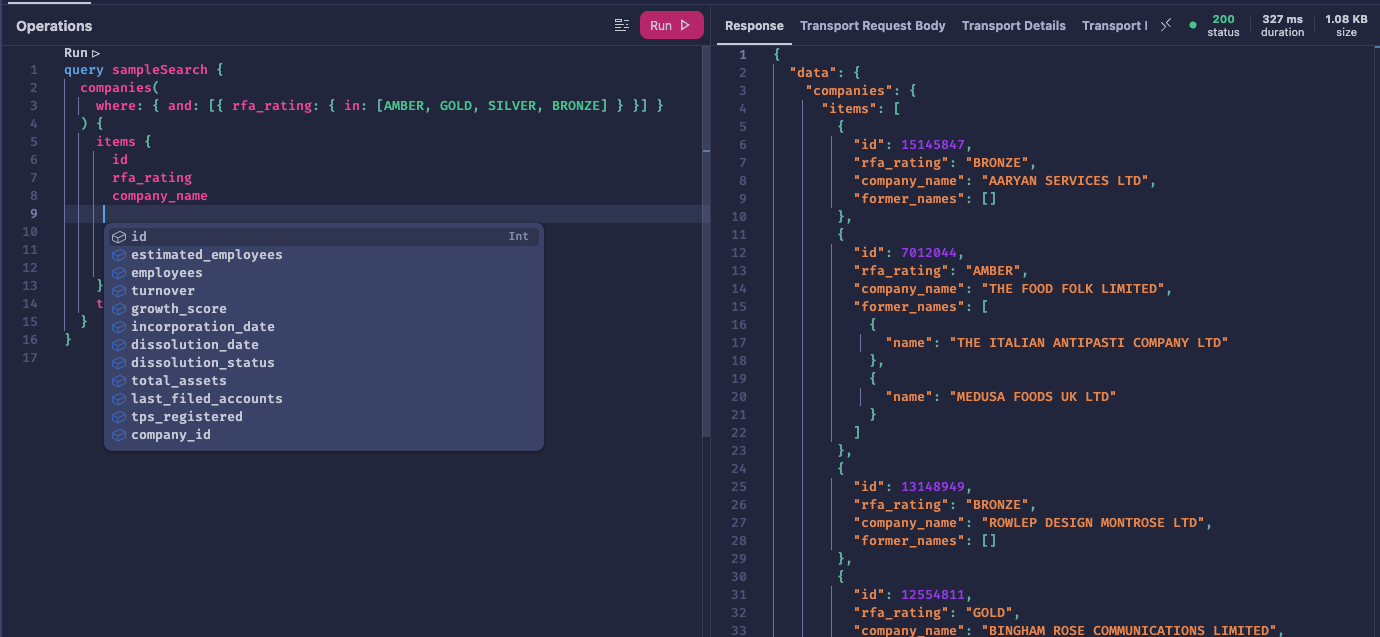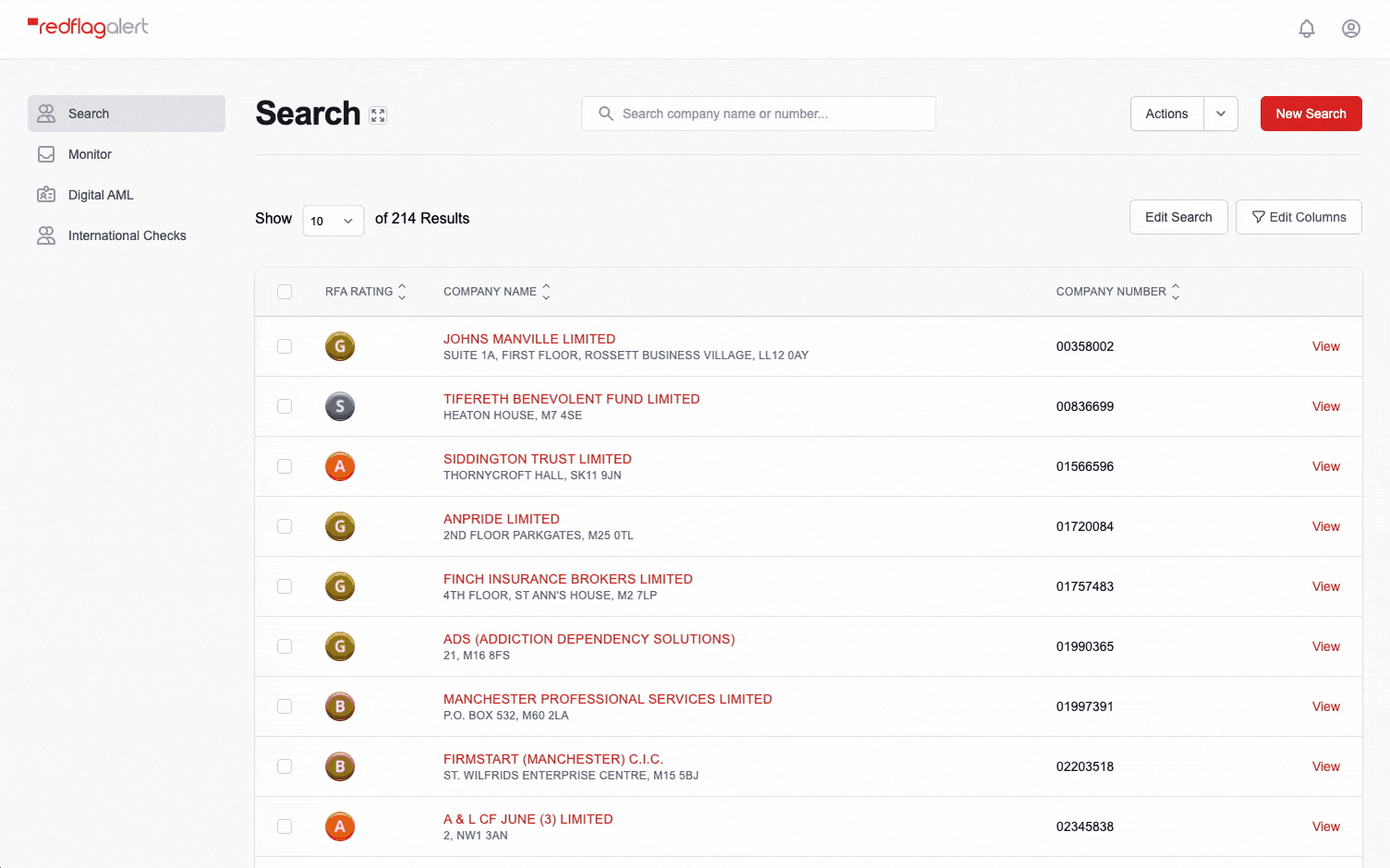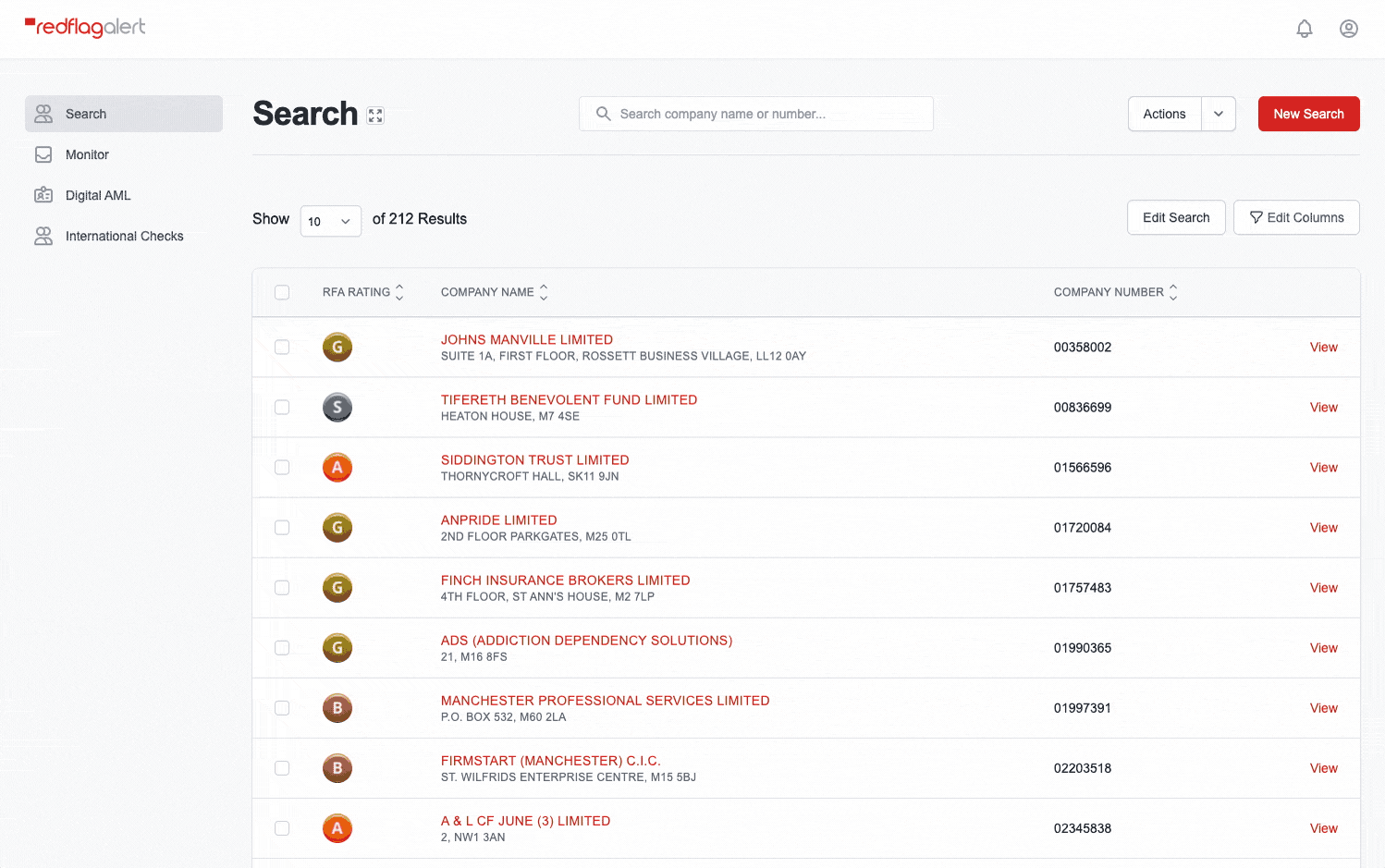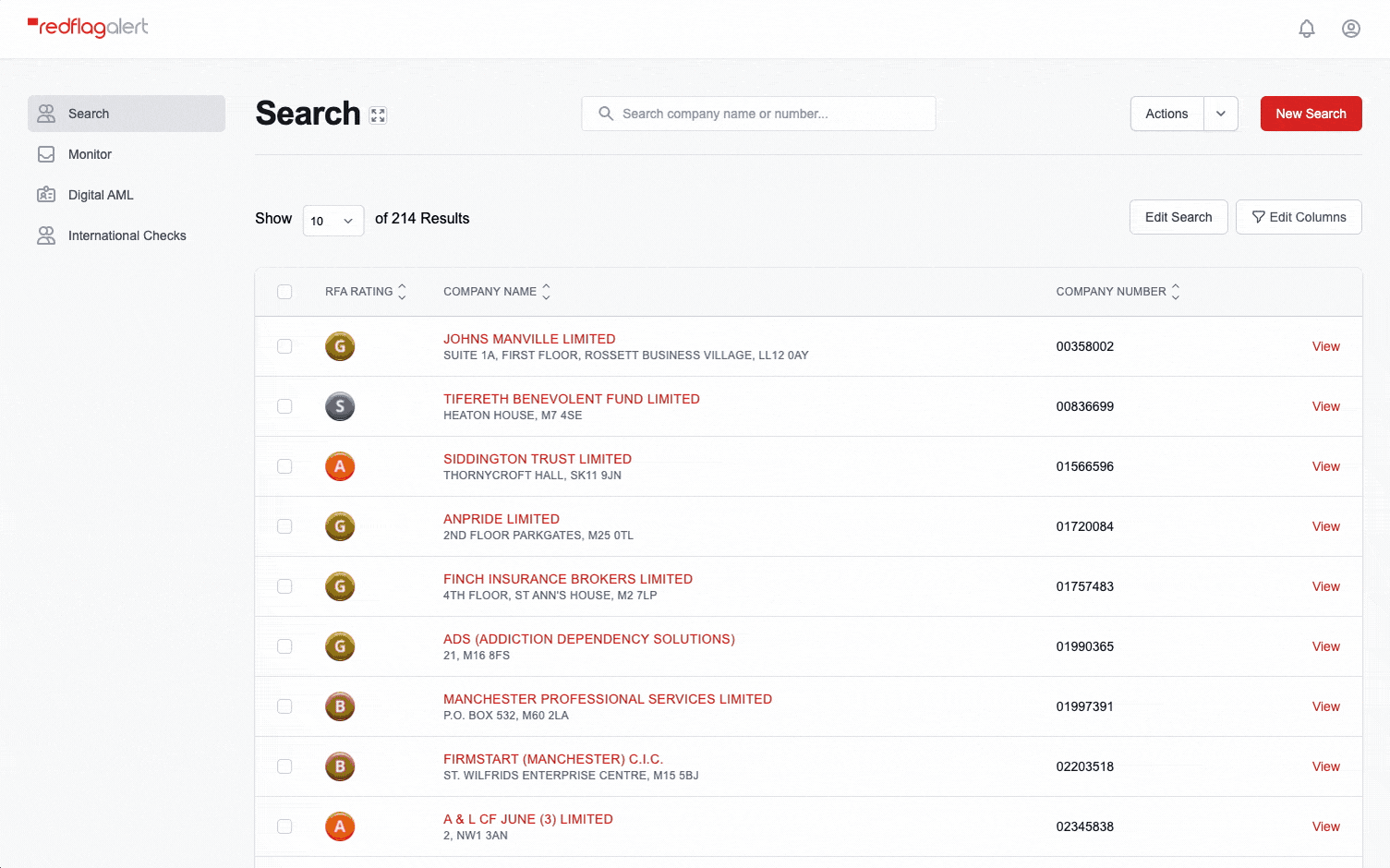%201-2.png)
Reasons to Choose GraphQL Over REST and SOAP APIs
Today REST and SOAP APIs are the de facto standard for exposing data to third parties or browser extensions.
The simplicity of this approach has made them immensely popular, but also unfortunately somewhat limited. In many cases, their simple structure and fixed set of endpoints make it difficult for developers to expose the data they need in a dynamic and flexible way. This is especially true for applications that have a complex data graph or multiple backends with different schemas. Let’s take a look at some use case examples:

A REST API or SOAP API is essentially a contract between two applications. The client (a web application) sends a request and the server responds with a result. These contracts tend to be fixed and can be a significant challenge when trying to expand an application to handle more users or more data. A GraphQL API is a single endpoint that allows clients to request data in the way they want it, with all the options they need. It has the potential to enable new functionality and expand an application’s ability to provide value without the need to re-architect or rebuild the api itself.
Enrich User Experience with Real-time Data
In its simplest form, REST APIs are designed to transfer data from a server to a client. With GraphQL, not only can you transfer data from a server to a client, but you can also receive data from the client and send data back to the client. This enables a new level of interactivity and engagement between the client and server. For example, if a user is following the progress of an order in real-time, the server could receive a request to notify the user when the order has been shipped. With REST/SOAP, this would require a new endpoint and a complex system of interdependent services. With GraphQL, this functionality is built into the architecture, allowing the same single endpoint to receive data from the client and be used to notify the user.

15m+
businesses
9000
users worldwide
120000
updates per day
25
years' experience

Reduce Dependencies and Increase Agility
In addition to enabling a higher level of interactivity between the client and server, GraphQL will also make your services more independent. One of the defining features of modern applications is their reliance on microservices. Applications are broken into smaller, more specialized services that communicate with each other over a network. This design allows applications to be more scalable and flexible, as different parts of the application can be scaled up or down depending on demand. It also means that different teams may be responsible for different services. While REST and SOAP APIs are designed to be extremely flexible, they also require a great deal of coordination between teams. A GraphQL API can be designed so that each team can implement and customize their own GraphQL endpoint to their needs based on a common shared schema. This will make all of your teams more agile, more scalable, and more autonomous.
Maintain a Single Source of Truth for Data
The real power of GraphQL is that it requires that all of the data an application needs to function is available in a single location. This is a significant departure from REST and SOAP, where data is generally stored and accessed via an independent set of endpoints. This expectation of a single source of truth may seem limiting or cumbersome, but it also has significant benefits. It makes it easier to maintain a canonical version of your data, and allows multiple teams to access the same data in a standardized way. Moreover, it means that you’ll be able to access all of the data you need to build a rich and sophisticated user experience, without the need to use a complex set of interdependent services.


Discover New Business Opportunities in your Data
Although a REST/SOAP API and a GraphQL API both expose data, the way in which they do so is quite different. A REST/SOAP API exposes data in a limited and fixed way, while GraphQL exposes data as a type system. This may seem like a subtle difference, but it is actually significant. REST and SOAP APIs have fixed endpoints with a fixed set of parameters. This means that an API can only expose data in the way it was originally designed. With a GraphQL API, you can use the type system to expose new data not originally designed for the API. This means that it is much easier to discover new business and product opportunities through your API.
Get Started
Discover how our platform works by booking a demo with our team.
Conclusion
As you can see, GraphQL can be a great choice for modern applications. With the flexibility to scale with demand and support real-time interactions, in addition to the ease of implementation and maintenance, it is sure to be a popular choice for many developers and companies. For developers, the benefits of GraphQL are also obvious: you get to work with one endpoint that you control and where you can expect to find all the data you need. This common canonical endpoint, coupled with a powerful type system, gives you the flexibility to generate the data that you need in a way that makes sense to the user while also ensuring that the data is easily maintainable. This means that your application will be able to scale with ease, while also being more discoverable and accessible.
From Our
Listen to how we have helped our customers
We love working closely with all our customers, helping them integrate and use data in their businesses. Hear what some of them say.
“We were looking for a partner to enhance the data offering to our clients, and Red Flag Alert have done just that. They understood our business, our culture, and our aspirations for the future. We’ve seen some great feedback on our integration, and we are very happy with both the solution and team at Red Flag Alert.”
Rob Mead
STRATEGIC SOFTWARE PROJECTS DIRECTOR
“From a business development perspective, our brokers are benefiting greatly from the additional information that Red Flag Alert supplies – we’re able to zero in on ideal prospects and build effective marketing lists.”
Ben Robert-Shaw
POWER SOLUTIONS UK
Experience data empowerment
Many businesses suffer from slow performance and resource waste by over/under-fetching data. GraphQL addresses these issues by enabling precise data requests, ensuring you receive only the data you need in a single server request.
You don't need to be a tech expert to appreciate efficiency and personalisation. GraphQL ensures you quickly get what you need; streamline performance today with Red Flag Alert.
redflagalert.com needs the contact information you provide to us to contact you about our products and services. You may unsubscribe from these communications at anytime. For information on how to unsubscribe, as well as our privacy practices and commitment to protecting your privacy, check out our Privacy Policy.
Data Expertise
Knowledge Hub
Topics covering Sales and Marketing, Risk Management, Data, AML and Compliance, and more


